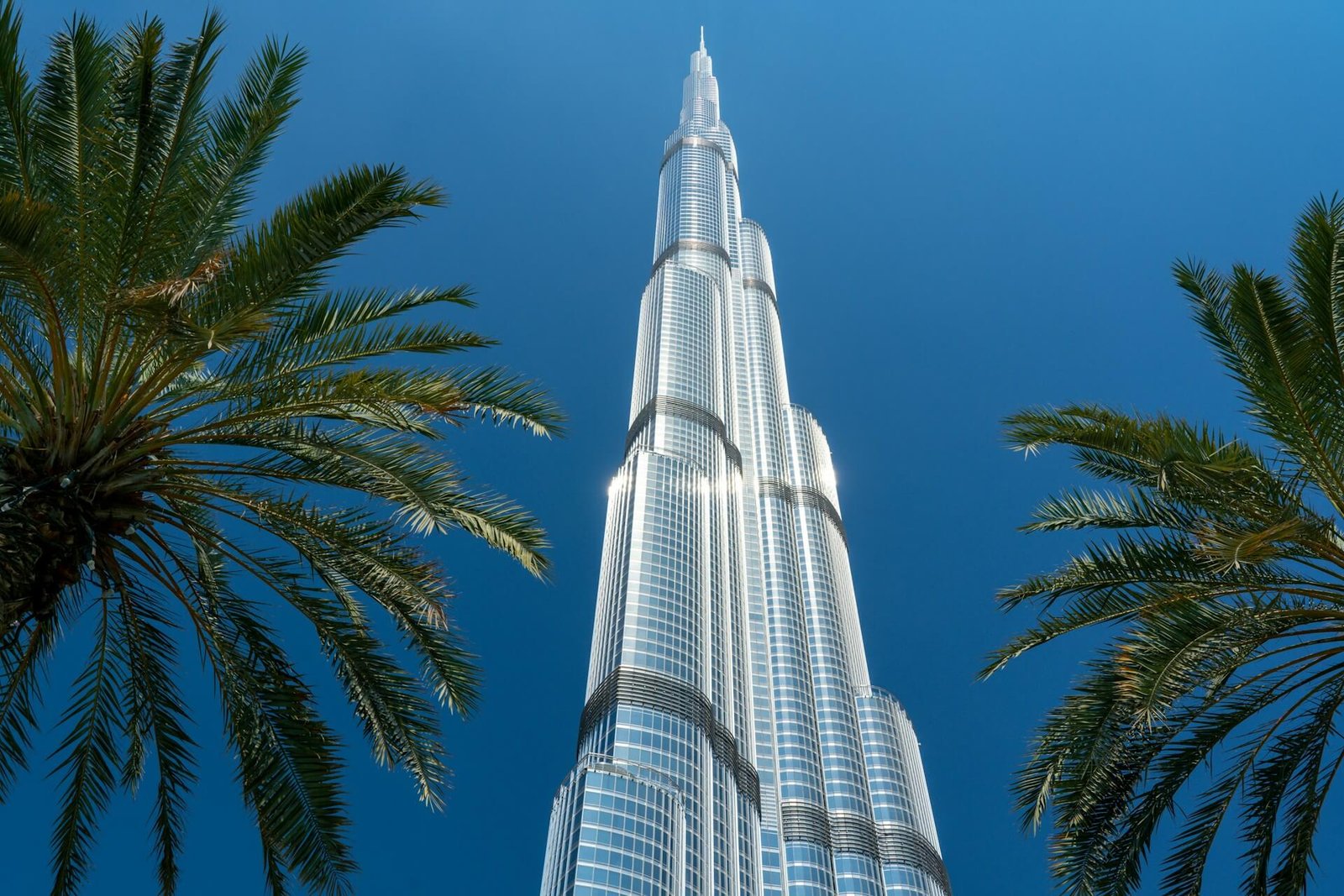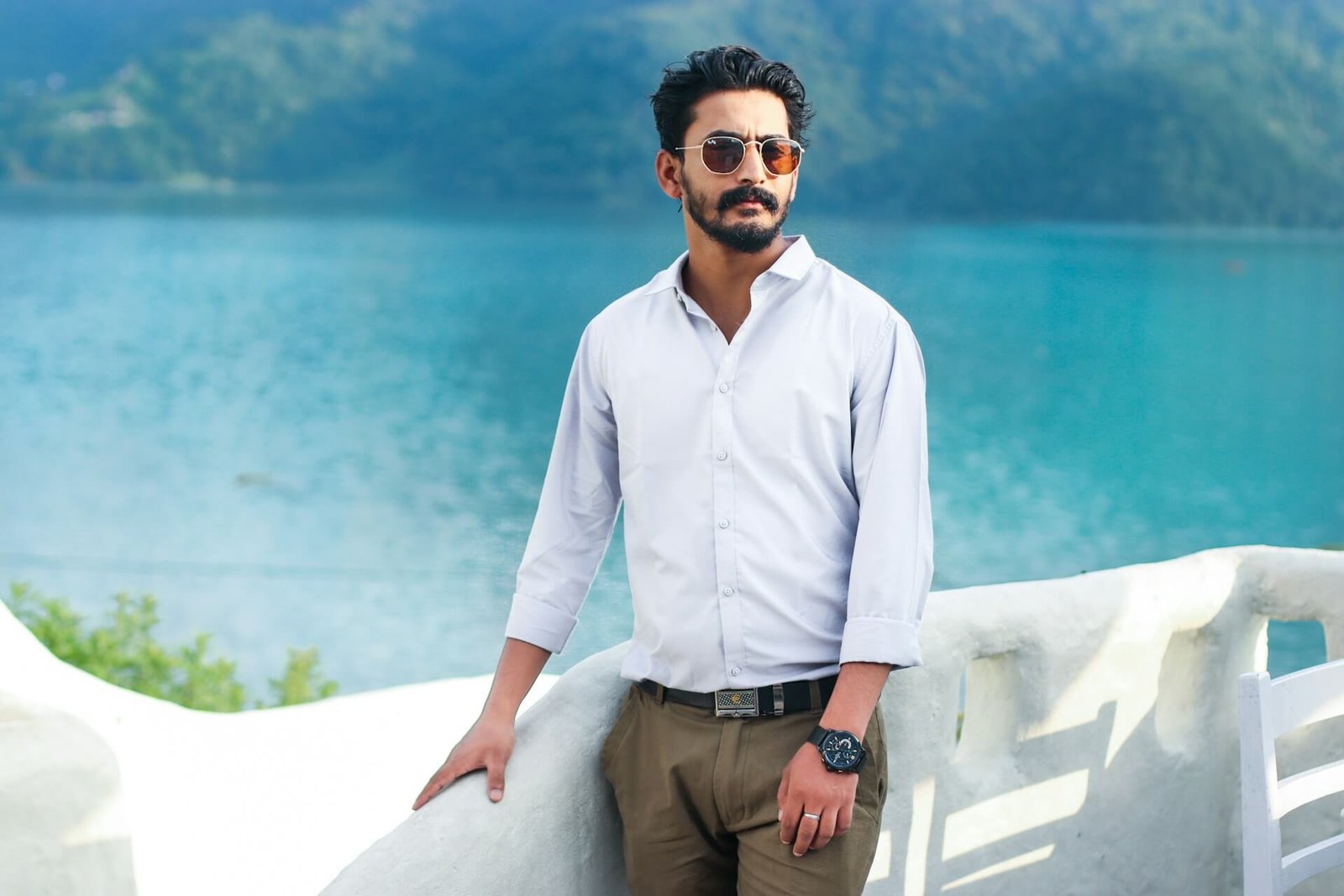In Europe, several countries stand out as top destinations for clothing manufacturing, each with its own advantages and disadvantages in terms of cost, quality, and logistical factors. However, defining the “cheapest” can be subjective and depends on various factors such as labor costs, infrastructure, regulations, and currency exchange rates. Here are top 4 clothing manufacturing countries in Europe and their pros and cons:
- Turkey:
- Pros:
- Skilled labor force: Turkey has a well-established textile and garment industry with experienced workers.
- Proximity to major markets: It’s strategically located between Europe, Asia, and the Middle East, facilitating easy access to key markets.
- Competitive pricing: Labor costs are relatively lower compared to Western European countries.
- Cons:
- Increasing labor costs: While still cheaper than some Western European countries, labor costs in Turkey have been rising in recent years.
- Political instability: Turkey’s political situation can sometimes create uncertainty for businesses.
- Currency fluctuations: The Turkish lira’s value can be volatile, affecting production costs for foreign companies.
- Pros:
- Portugal:
- Pros:
- High-quality production: Portugal is known for its high-quality textile manufacturing and craftsmanship.
- Shorter lead times: Proximity to major European markets allows for quicker delivery times.
- Ethical manufacturing practices: Portugal has relatively strong labor laws and regulations, ensuring fair treatment of workers.
- Cons:
- Higher labor costs: Labor costs in Portugal are higher compared to countries like Turkey or Eastern European nations.
- Limited capacity: Portugal’s manufacturing industry may not have the scale of larger countries, which can affect production capacity for large orders.
- Limited specialization: Portugal’s textile industry is diverse but may lack specialization in certain areas compared to other countries.
- Pros:
- Poland:
- Pros:
- Competitive labor costs: Labor costs in Poland are generally lower compared to Western European countries.
- Growing textile industry: Poland has been investing in its textile and clothing manufacturing sector, attracting foreign investment.
- Geographic location: Central location in Europe facilitates distribution to key markets.
- Cons:
- Quality perception: While improving, Poland’s reputation for quality may not be as strong as other European countries like Italy or Portugal.
- Infrastructure challenges: Some regions in Poland may face infrastructure limitations, which can impact manufacturing efficiency.
- Language barriers: Communication issues may arise for companies not fluent in Polish.
- Pros:
- Romania:
- Pros:
- Cost-effective labor: Labor costs in Romania are relatively lower compared to Western European countries.
- Growing industry: Romania’s textile and garment industry has been expanding, offering more options for manufacturers.
- EU membership: Being part of the EU provides access to a large market and regulatory framework.
- Cons:
- Infrastructure challenges: Similar to Poland, some regions in Romania may face infrastructure limitations.
- Skilled labor shortage: While there is a labor force, finding skilled workers for specialized tasks can be a challenge.
- Corruption concerns: Romania has faced issues with corruption, which can impact business operations.
- Pros:
While these countries offer cost advantages and various benefits for clothing manufacturing, it’s essential for businesses to carefully evaluate their specific needs, including quality standards, production volume, lead times, and regulatory considerations, before choosing a manufacturing destination.




